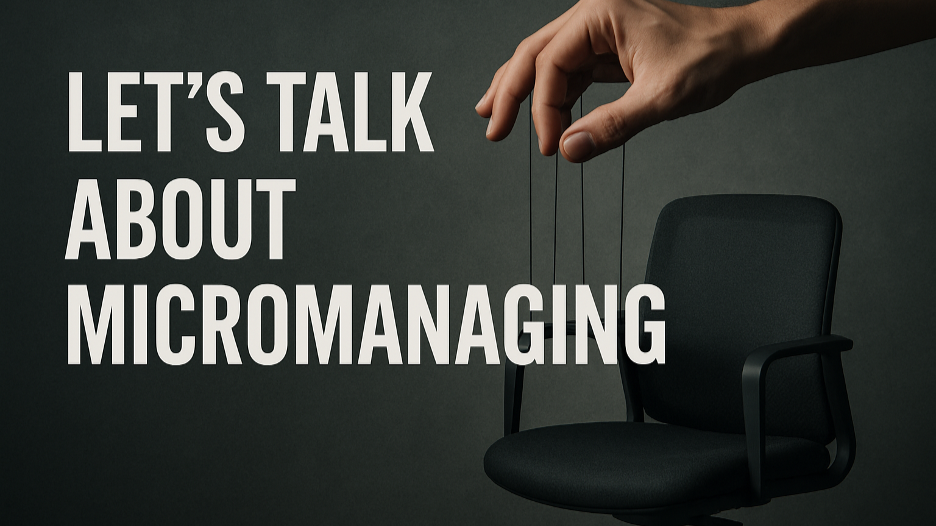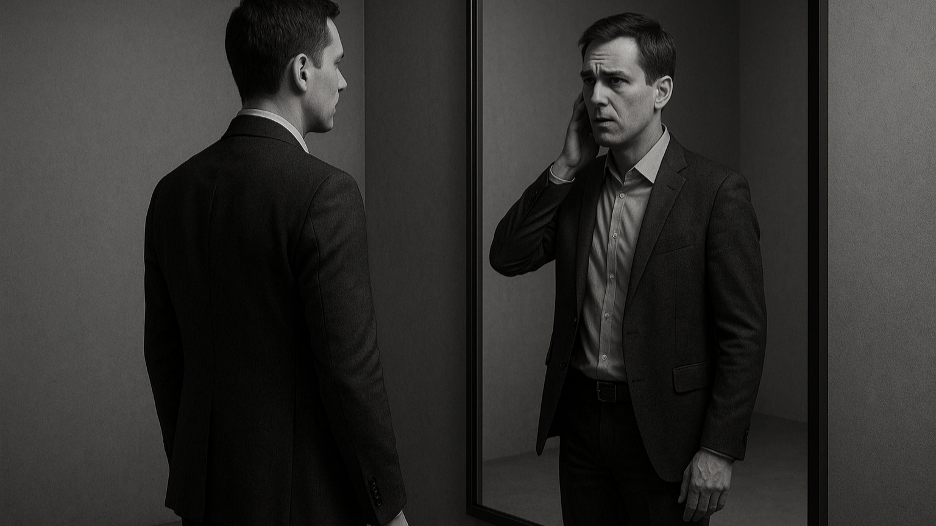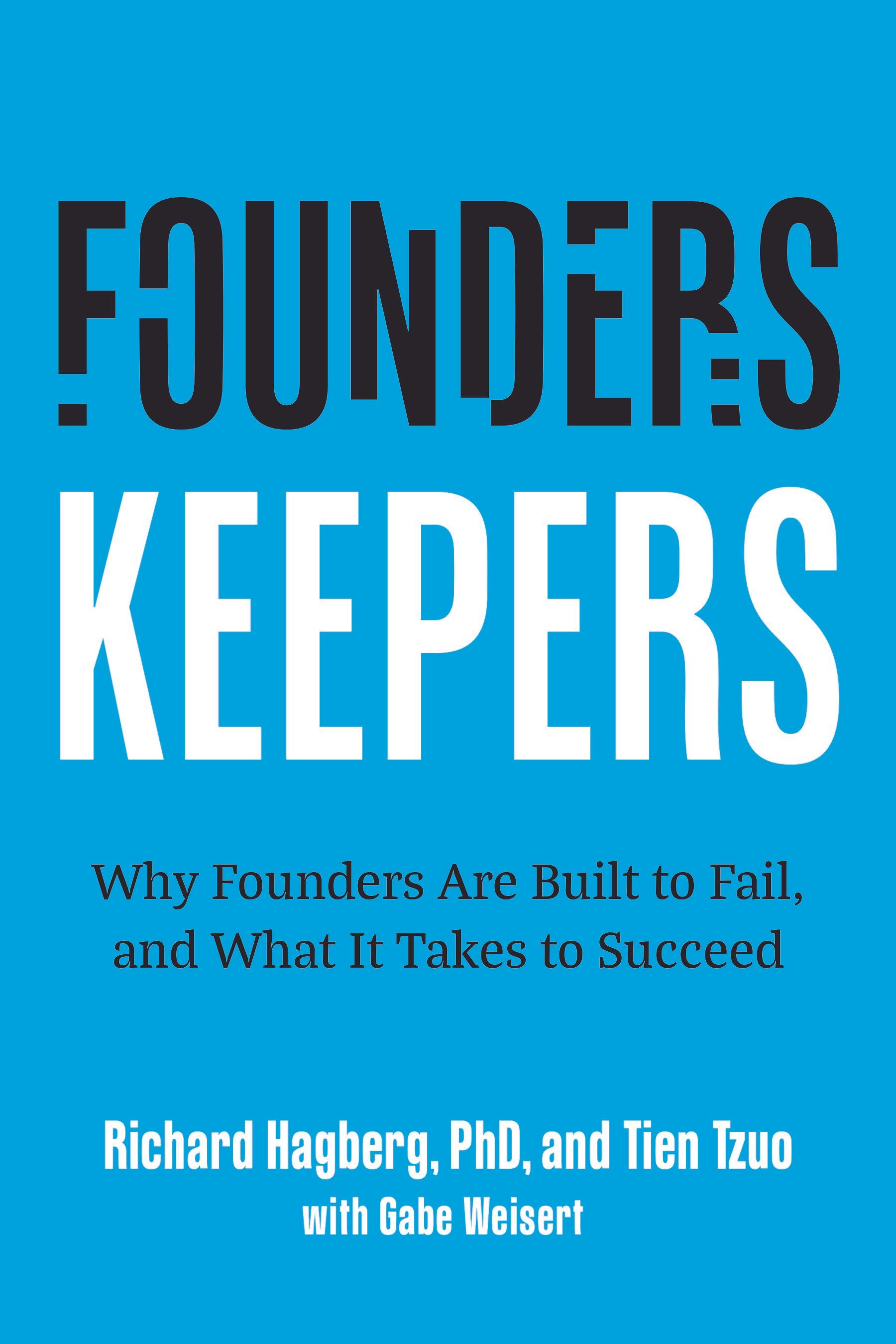Article
The Fear Beneath Control: How Insecurity Masquerades as Strength (Part 1 of The Best Leaders Playbook — Inner Mastery Series)

You’ve Met This Leader — Maybe You’ve Been This Leader
They’re in every company. The one who rewrites your email “just to tighten it up,” sits in on meetings they don’t need to, and then complains that no one takes ownership.
If you’re smiling, you probably recognize them. If you’re wincing, you probably are them.
I’ve been that person. Control looks like competence until you realize it’s just fear in a tailored suit.
Control Feels Smart — It’s Actually Emotional Self-Defense
On the surface, micromanagement looks like high standards. Underneath, it’s self-protection.
When things feel uncertain — a shaky market, an unpredictable teammate, a decision you’re not sure about — your brain hits the panic button: Grab the wheel. Fix it yourself.
And for about five minutes, it works. You feel calm again. Order restored. Then the cycle restarts: relief, exhaustion, resentment.
The pattern isn’t strategic; it’s chemical.
The Biology of “Let Me Handle It”
Neuroscientists could tell you it’s your amygdala firing, but you don’t need a lab to recognize it. It’s that pulse in your neck when someone questions you. The twitch in your fingers when you see an email thread veering off course.
Your body thinks it’s protecting you from danger. It’s really protecting you from discomfort.
The Fallout Nobody Talks About
When leaders grip too tightly, a few predictable things happen:
- Initiative dies. People stop taking risks because they know you’ll redo their work.
- Speed tanks. Every decision bottlenecks at the top.
- Your best people leave quietly for air.
- You end up tired, irritable, and muttering that “no one has good judgment anymore.”
That’s not leadership. That’s adult babysitting.
Why We Keep Doing It
Because control gives a quick hit of safety. For a brief moment, you feel indispensable again.
But dependency feels like loyalty until it’s not. You train your team to need you, then resent them for it.
That’s the hidden cost: you create the very helplessness you complain about.
A Founder’s Wake-Up Call
One founder I coached — let’s call him Mark — was in every meeting, approving every pixel, every sentence.
He told me, “I can’t delegate; they’re not ready.”
I said, “Are they not ready — or untrained because you won’t let them try?”
He laughed, then sighed. Six months later he’d handed off half his decisions. The company was running smoother.
He said, “Turns out they didn’t need me in every room. I just needed to feel needed.”
Exactly.
The Opposite of Control Isn’t Chaos
It’s clarity.
When expectations, priorities, and values are clear, you don’t need to hover. People move with confidence because the direction is obvious.
Control fills the gap where clarity is missing. Get clearer, and the need to control starts dissolving on its own.
Five Ways to Loosen the Grip
- Name the fear. Is it fear of failure, of being judged, of becoming irrelevant? Labeling shrinks it.
- Define “good enough.” Perfectionism keeps you chained. “Done” is usually 80 percent.
- Delegate one layer deeper than feels safe. You’ll twitch. Let it happen. That’s growth, not danger.
- Ask for alignment, not detail. “Are we still headed in the same direction?” beats “Show me the draft.”
- Celebrate the decisions you didn’t make. Each one is proof the system’s working.
Your Team Feels What You Feel
Teams mirror their leader’s nervous system. If yours hums with anxiety, theirs buzzes with it. If yours is steady, they breathe again.
One exec told me, “I realized my panic was contagious. So I started practicing calm.” Within weeks, meetings got shorter, people more decisive.
Emotions scale faster than strategy.
Funny But True
I once asked a CEO why he personally approved every expense report. He said, “To stay close to the details.”
I said, “No — to stay close to control.”
He laughed, deleted himself from the workflow, and called it his “first act of liberation.”
The Inner Work Beneath Letting Go
Control isn’t a systems problem. It’s a self-trust problem.
When you trust that your worth isn’t tied to omnipresence, delegation stops feeling like loss. You stop needing to prove usefulness and start multiplying it through others.
That’s the real transition from doer to leader.
Your Challenge This Week
Pick one thing you’ve been white-knuckling — a project, a client, a decision. Hand it off completely. Tell the person, “I trust you.”
Then walk away.
You’ll feel the urge to peek. Don’t. Let them carry it. Let yourself breathe.
You’ll both grow faster than you think.
Final Word
Control looks like strength. But real strength is staying steady when you’re not in control.
Because leadership isn’t about gripping tighter; it’s about building clarity, trust, and calm so others can steer too.
Let go. The road’s wider than you think.
share this
Related Articles
Related Articles





